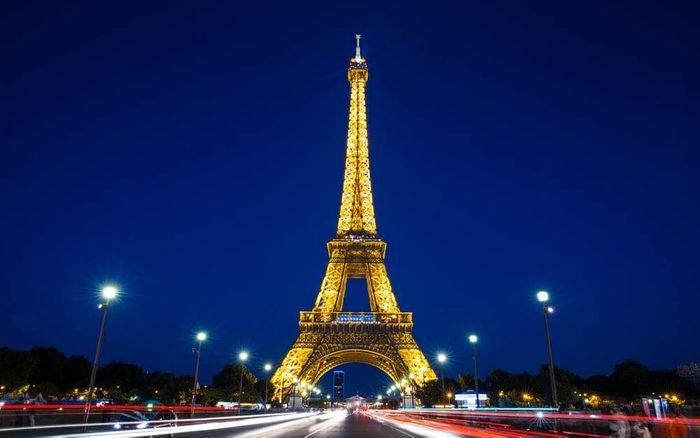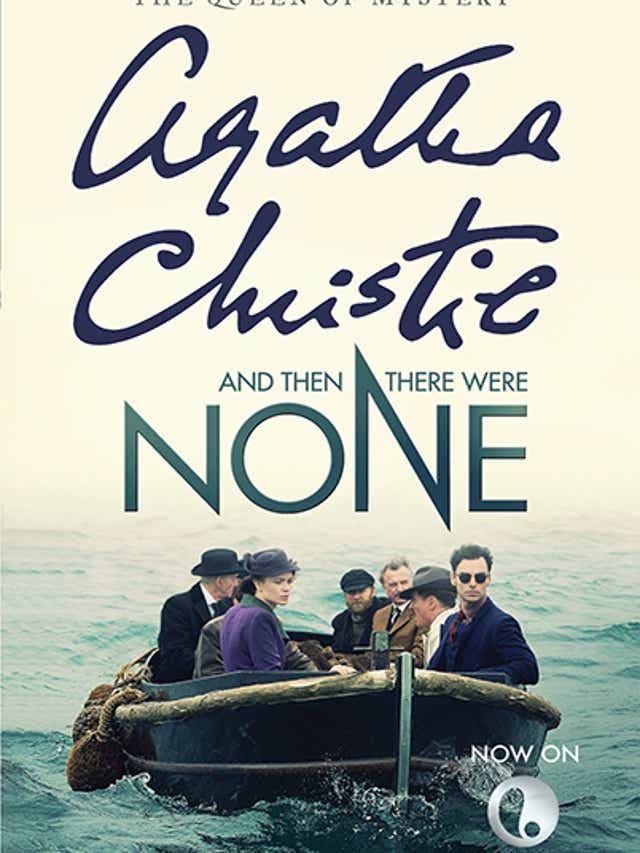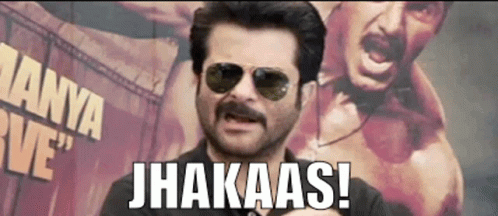Manifique?
Did you know it is illegal for you to sell, monetise or share those dazzling shots of the Eiffel Tower all lit up at night on the public domain?
In the European Union, copyright law holds for 70 years after the creator has passed away. This is why you can see replicas of the Eiffel tower all across the world like in Las Vegas or Macau. Because the copyright of the design of the tower ran out in 1993, as the holder of the rights Eiffel died in 1923. Hence its likeness and design are now in the public domain.
But the lighting on the tower was installed by Pierre Bideau in 1985. So, when lit up at night, the display of lights on the tower is considered an artistic work, which is protected by copyright. Thus implying that any photo or video showing the monument when the lights are visible (i.e. at night) is in violation of France & the EU’s copyright law.
Also, France does not recognise the general freedom of panorama that allows photographers to capture buildings, artworks, sculptures, paintings or monuments in public spaces, even when they are still under copyright. Since 2017 limited freedom of panorama for works of architecture and sculpture has been put in place in France. Which allows tourists to take photos and videos of works of architecture and sculpture, placed permanently in public places (voie publique), and created by natural persons, with the exception of any usage of a commercial character, i.e. commercial use or benefit.
So, technically speaking a photo of the illuminated Eiffel Tower can be published only with permission La Société d’Exploitation de la Tour Eiffel (SETE), the building’s operating company. However, photographic is during the day is rights-free. This is mainly aimed at those looking for commercial benefit from the photos like photographers or videographers, filmmakers, etc. The French are quite clear that – those wishing to publish a photo need to request permission, pay for rights, and then credit the artist appropriately.
But does that mean you can’t share your stroll around Paris at night photos on Instagram or your newsfeed? This is kind of a grey area. In theory, anything shared on social media platforms is considered to be distribution. So, any photos or content related to French architecture or public art which can become available in France, the French courts can claim jurisdiction and impose fines. This is even the case if you are a resident in a country, such as the UK, where the freedom of panorama applies – it is still possible to be sued in the UK under French law.
Such protection is not unique to the Eiffel Tower alone. Other European landmarks like – the Atomium sculpture in Brussels, the Little Mermaid statue in Copenhagen, the EU Parliament in Strasbourg or even the Colosseum in Rome are all fiercely protected by copyright.






